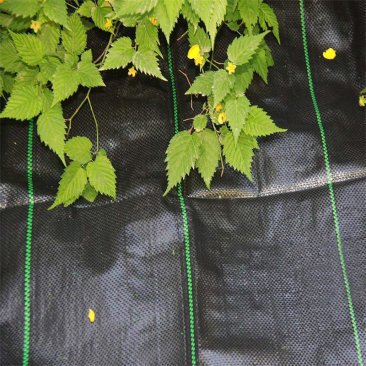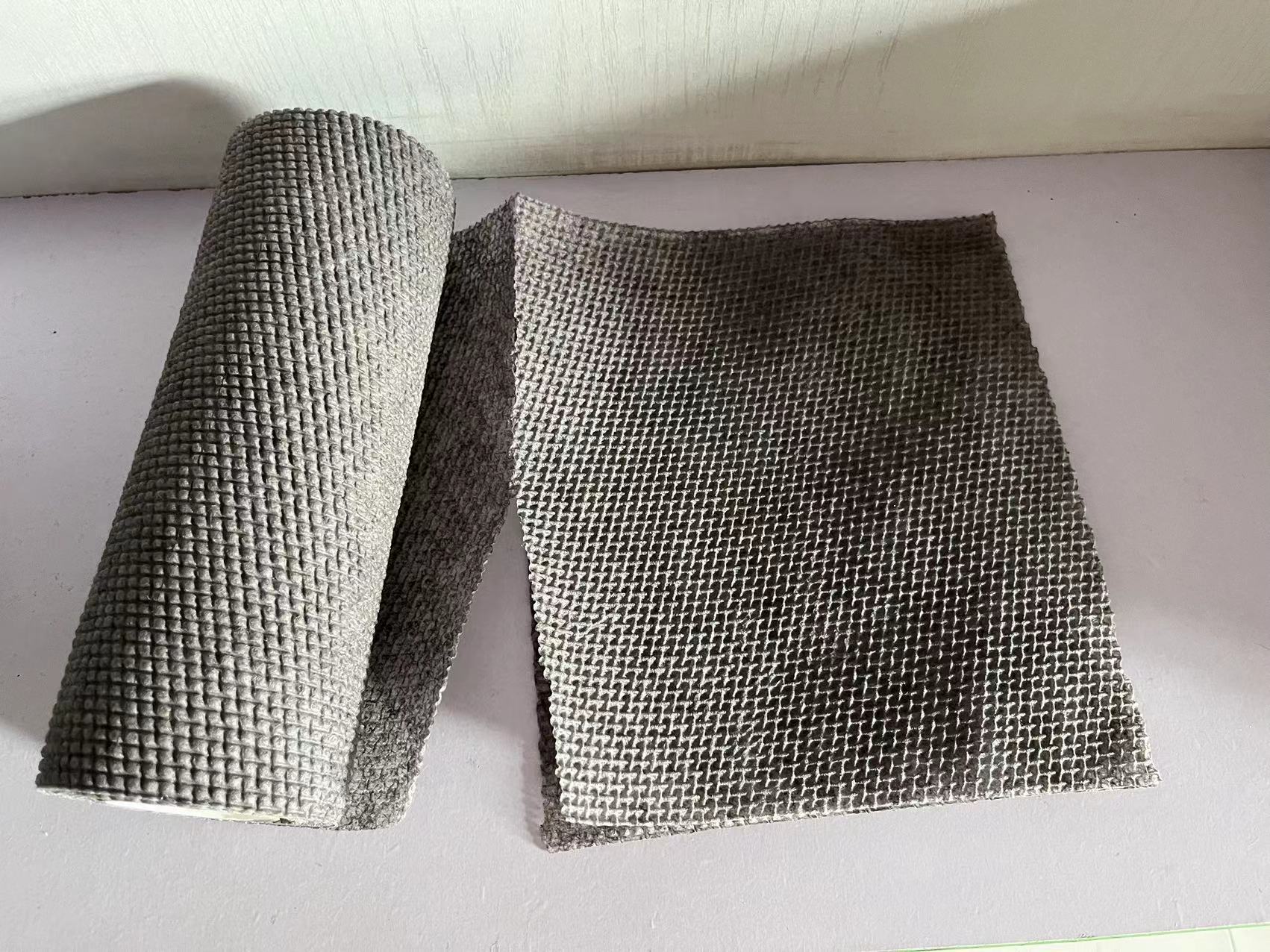15
2025
-
05
Understanding Polyester Spunbond Fabric: Benefits and Applications
Polyester spunbond fabric is a type of nonwoven material created through a process that combines polyester fibers with advanced manufacturing techniques. This fabric is renowned for its strength, durability, and lightweight nature, making it an ideal choice for a wide range of applications. One of the primary advantages of polyester spunbond fabric is its ability to offer enhanced breathability wh
Polyester spunbond fabric is a type of nonwoven material created through a process that combines polyester fibers with advanced manufacturing techniques. This fabric is renowned for its strength, durability, and lightweight nature, making it an ideal choice for a wide range of applications. One of the primary advantages of polyester spunbond fabric is its ability to offer enhanced breathability while maintaining a high degree of durability. This combination makes it especially suitable for use in various industries, including hygiene products, medical applications, agricultural covers, and even home furnishings.
One of the standout features of polyester spunbond fabric is its excellent resistance to tearing and bursting. This makes it particularly effective in environments where the fabric may be subjected to stress or abrasion. Additionally, polyester fibers are naturally resistant to moisture, which helps inhibit the growth of mold and mildew, further extending the lifespan of products made from this fabric.
Moreover, polyester spunbond fabric can be manufactured in a variety of weights and thicknesses, providing flexibility for different applications. Whether lightweight options are needed for disposable items or thicker variants for more robust products, the versatility of polyester spunbond allows manufacturers to cater to specific needs effectively.
The environmental aspect of polyester spunbond fabric is also worth noting. Many manufacturers are now focusing on sustainability, producing fabrics from recycled polyester, which contributes to reducing waste and promoting a circular economy. This shift not only appeals to environmentally conscious consumers but also aligns with regulations aimed at minimizing the environmental impact of textile production.
Furthermore, polyester spunbond fabric is highly customizable. It can be treated with various finishes to enhance properties such as water resistance, UV protection, or flame retardancy, making it suitable for specialized applications across industries. These treatments ensure that the fabric meets the specific demands placed on it, whether it’s for medical, industrial, or consumer products.
In conclusion, polyester spunbond fabric stands out in the nonwoven textile market due to its unique properties, versatility, and adaptability. As industries continue to evolve, embracing innovations and sustainable practices, polyester spunbond fabric will undoubtedly play a crucial role in meeting contemporary demands while delivering quality and performance. By understanding its benefits and applications, stakeholders can make informed decisions regarding its use in various projects and products.
One of the standout features of polyester spunbond fabric is its excellent resistance to tearing and bursting. This makes it particularly effective in environments where the fabric may be subjected to stress or abrasion. Additionally, polyester fibers are naturally resistant to moisture, which helps inhibit the growth of mold and mildew, further extending the lifespan of products made from this fabric.
Moreover, polyester spunbond fabric can be manufactured in a variety of weights and thicknesses, providing flexibility for different applications. Whether lightweight options are needed for disposable items or thicker variants for more robust products, the versatility of polyester spunbond allows manufacturers to cater to specific needs effectively.
The environmental aspect of polyester spunbond fabric is also worth noting. Many manufacturers are now focusing on sustainability, producing fabrics from recycled polyester, which contributes to reducing waste and promoting a circular economy. This shift not only appeals to environmentally conscious consumers but also aligns with regulations aimed at minimizing the environmental impact of textile production.
Furthermore, polyester spunbond fabric is highly customizable. It can be treated with various finishes to enhance properties such as water resistance, UV protection, or flame retardancy, making it suitable for specialized applications across industries. These treatments ensure that the fabric meets the specific demands placed on it, whether it’s for medical, industrial, or consumer products.
In conclusion, polyester spunbond fabric stands out in the nonwoven textile market due to its unique properties, versatility, and adaptability. As industries continue to evolve, embracing innovations and sustainable practices, polyester spunbond fabric will undoubtedly play a crucial role in meeting contemporary demands while delivering quality and performance. By understanding its benefits and applications, stakeholders can make informed decisions regarding its use in various projects and products.
polyester spunbond fabric
Prev












